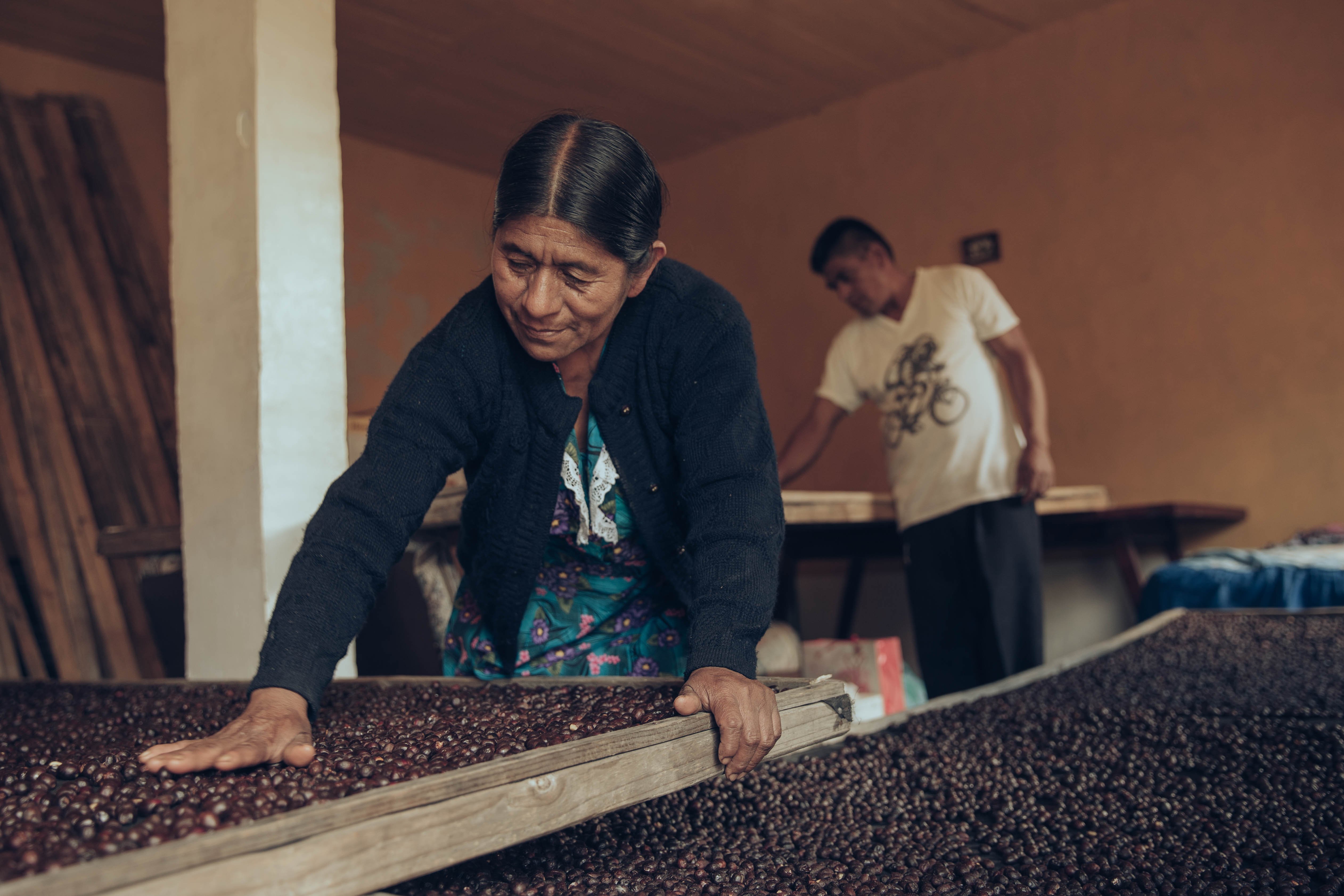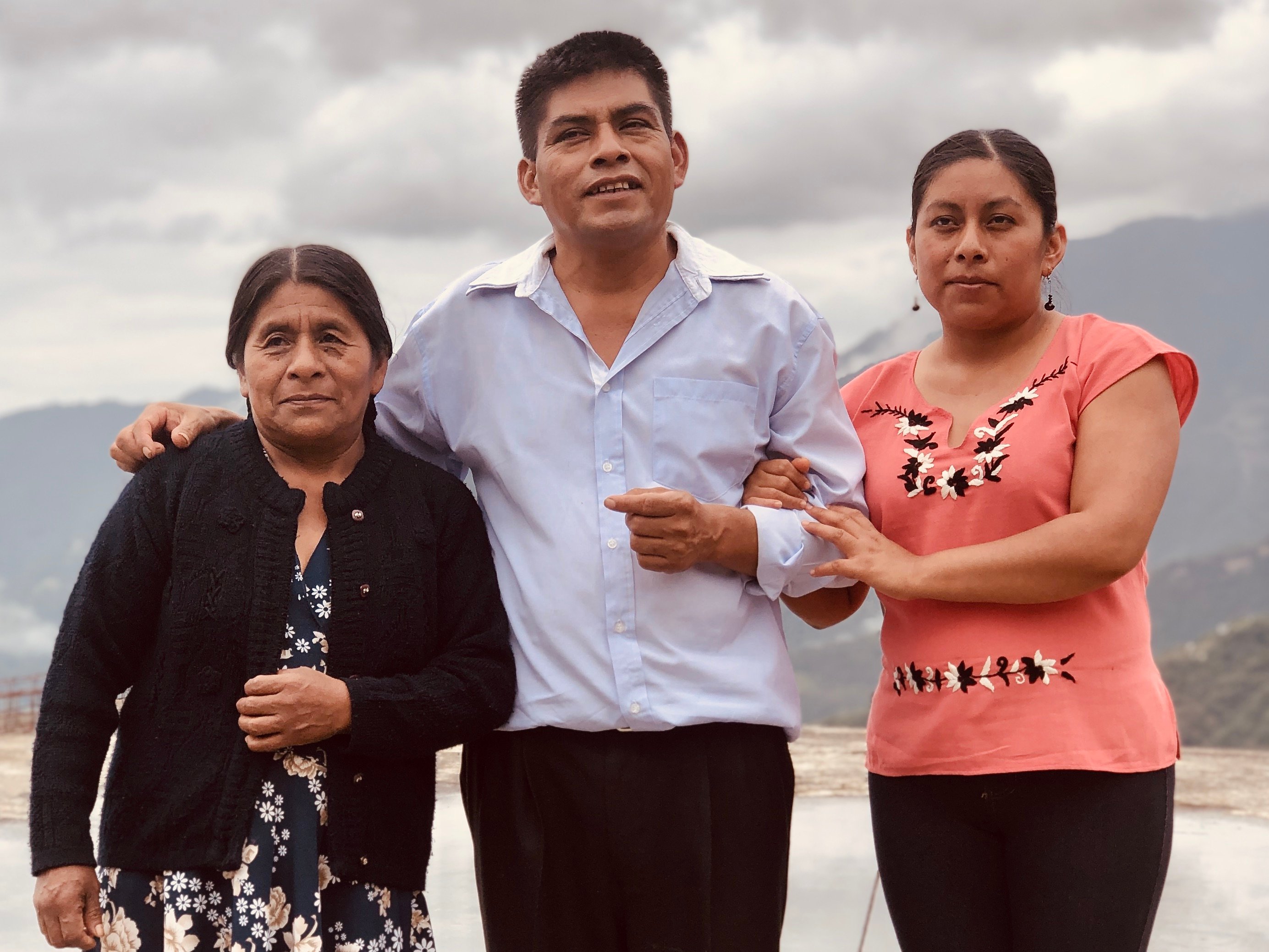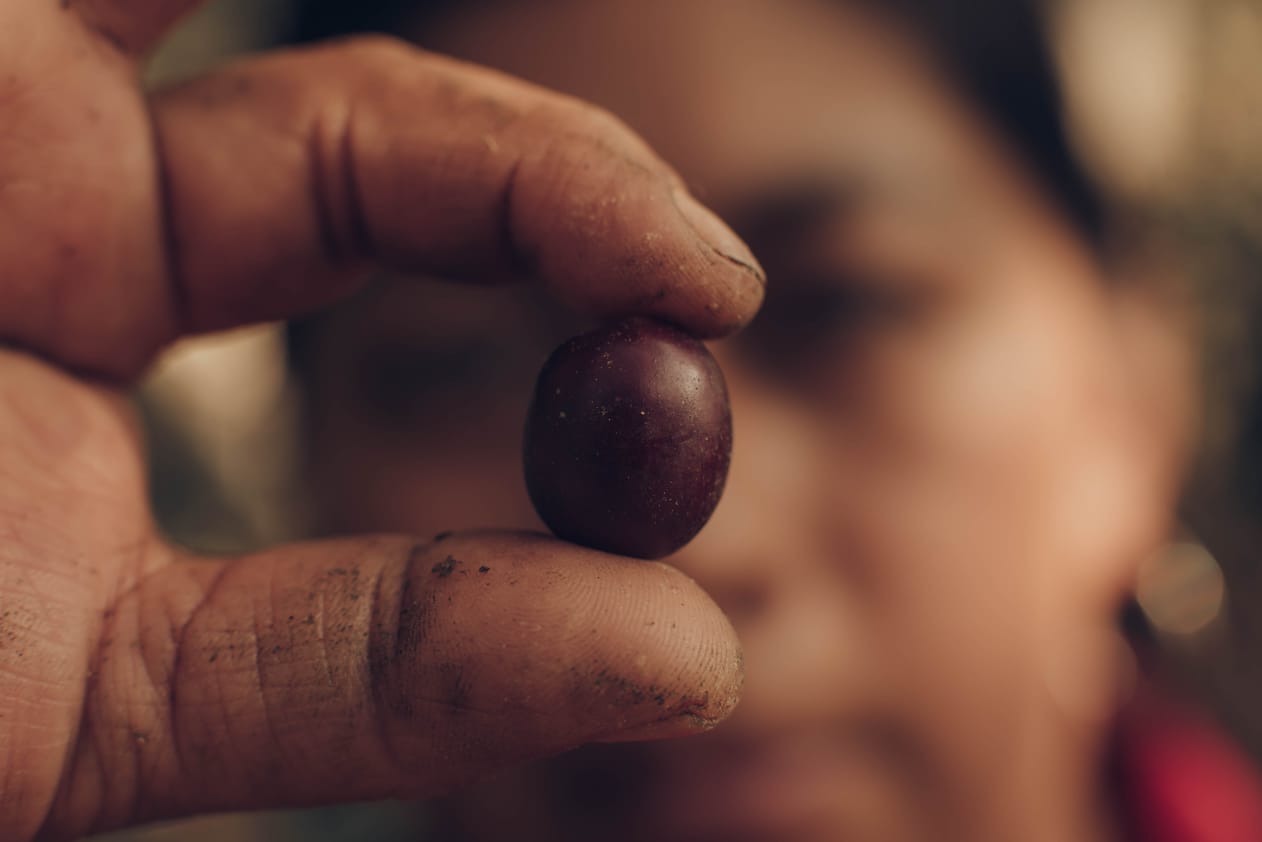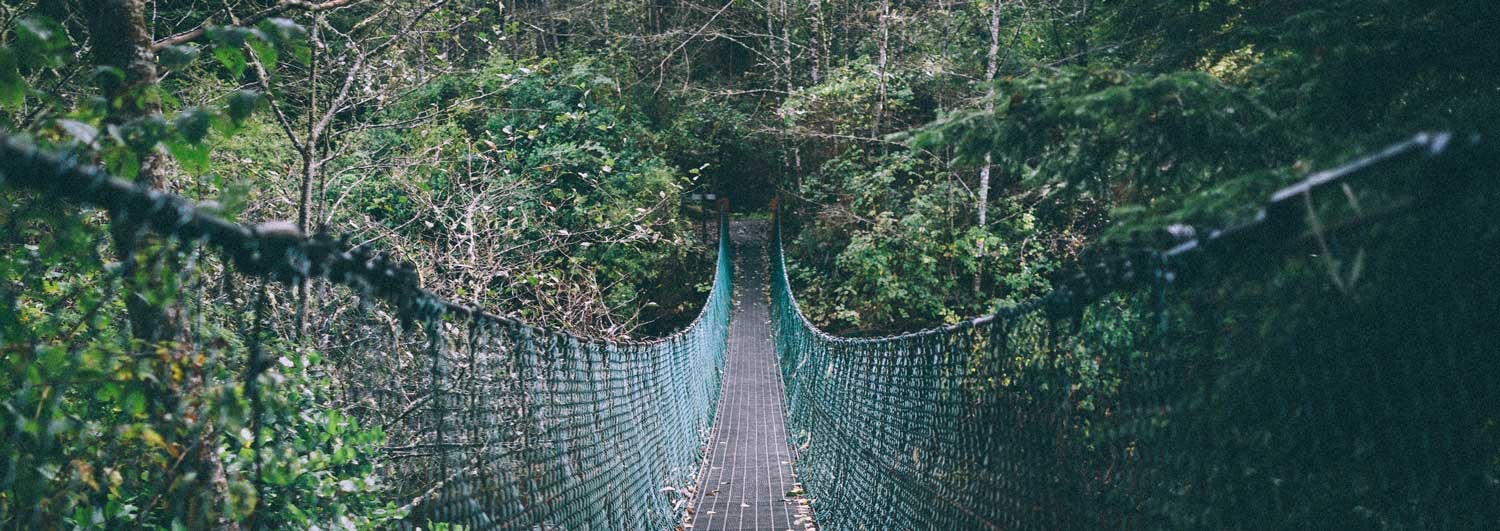Coffee production in Oaxaca, Southern Mexico, comes mainly from smallholder farms. The plots of local growers are on average much smaller than the ones located at the neighbouring states of Veracruz and Chiapas. The distances between farms also make it hard for producers to organize themselves. They end up selling to coyotes, the local name for middlemen, who take advantage of the growers’ isolation and lack of options and offer them low prices for parchment.
Oaxaca has eight different coffee zones: Cañada, Costa, Istmo, Mixteca, Papaloapan, Sierra Sur, Sierra Norte y Valles Centrales. Here, each farmer or farming community traditionally owns a small wet mill and can process coffee up to parchment. The last three years have been considered good crop years with favourable weather and high yields. However, prices remain an issue. The leaf rust outbreak of 2012-2013 has traumatised a generation of producers but good harvests year on year slowly recovered farmer’s old optimism.

In the Cañada zone, Marisela Esperon is a good example of the smallholders that make up the Oaxaca’s coffee community. Her family is originally from the village of Llano de Agua in the municipality of Huautla de Jimenez. Llano de Agua is located in the Mazatec mountain range North of the state’s capital, Oaxaca de Juarez. All the population is indigenous - the Esperons are Mazatecas - and their main source of income is the cultivation of mangoes, oranges, coffee, chicozapote and mamey or zapote (two species of native fruits).
Marisela’s plot, El Sótano, is based at 1600 meters above sea level and has a warm and temperate climate with rain in the summer. The varieties planted here are Typica and Bourbon. El Sótano is a small farm with 4 hectares of cultivated land and with an average yearly production of only 50 bags (60kg). As this is an off-year, her crop has been reduced by a small percentage.

Like many other local families, the Esperon family’s history in coffee began two generations ago. Marisela and her parents have been working the land with much care and dedication to coffee, seeking to perfect their work every day. Marisela is very meticulous with her tasks of cutting and separating the cherries by colour, size and level of ripeness. This precise selection contributes to the quality of her coffee, that can reach up to 90 points on the SCA scale.

The Esperon understand that the care and dedication they put into each stage of the harvest is essential to achieve extraordinary and high-quality coffees. Their beans are dried on African beds for up to 45 days (naturals). An entrepreneur, Marisela has innovated and dared to do processes that no one else in her community has done before, going beyond the traditional washed coffees. She is not only a good example of what the smallholders in Oaxaca are but also of what they can achieve.




Let Us Know What You Thought about this Post.
Put your Comment Below.